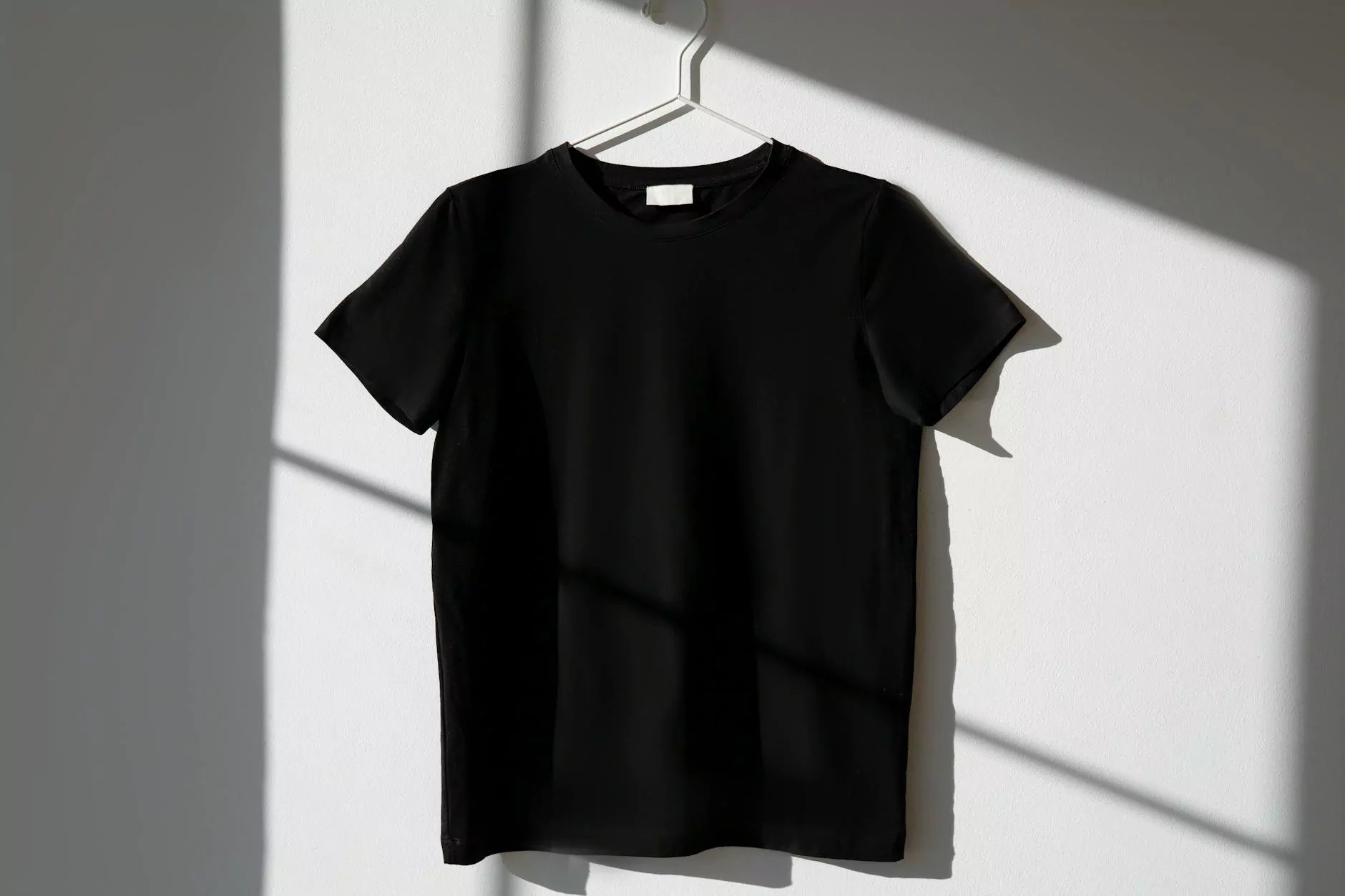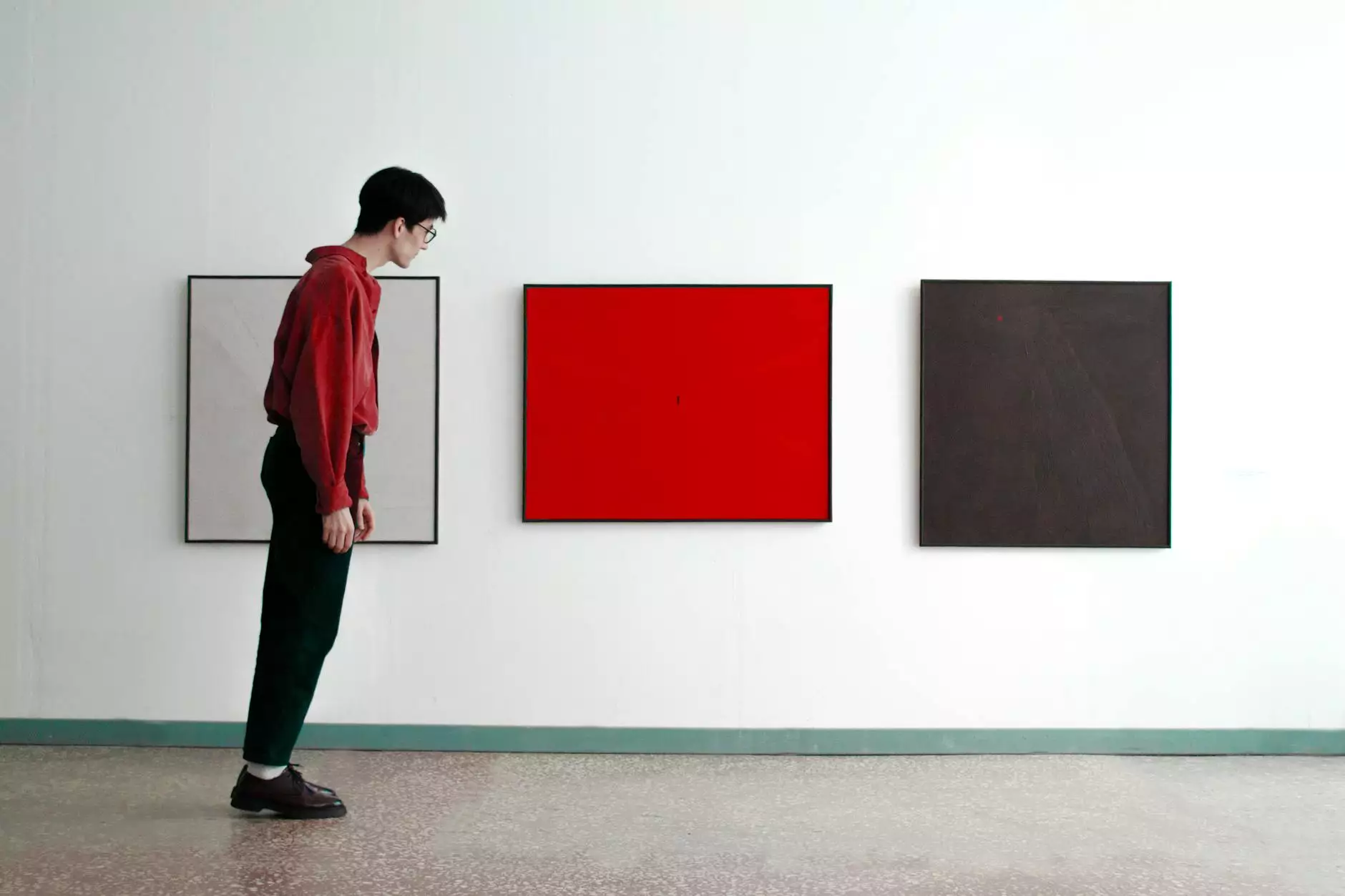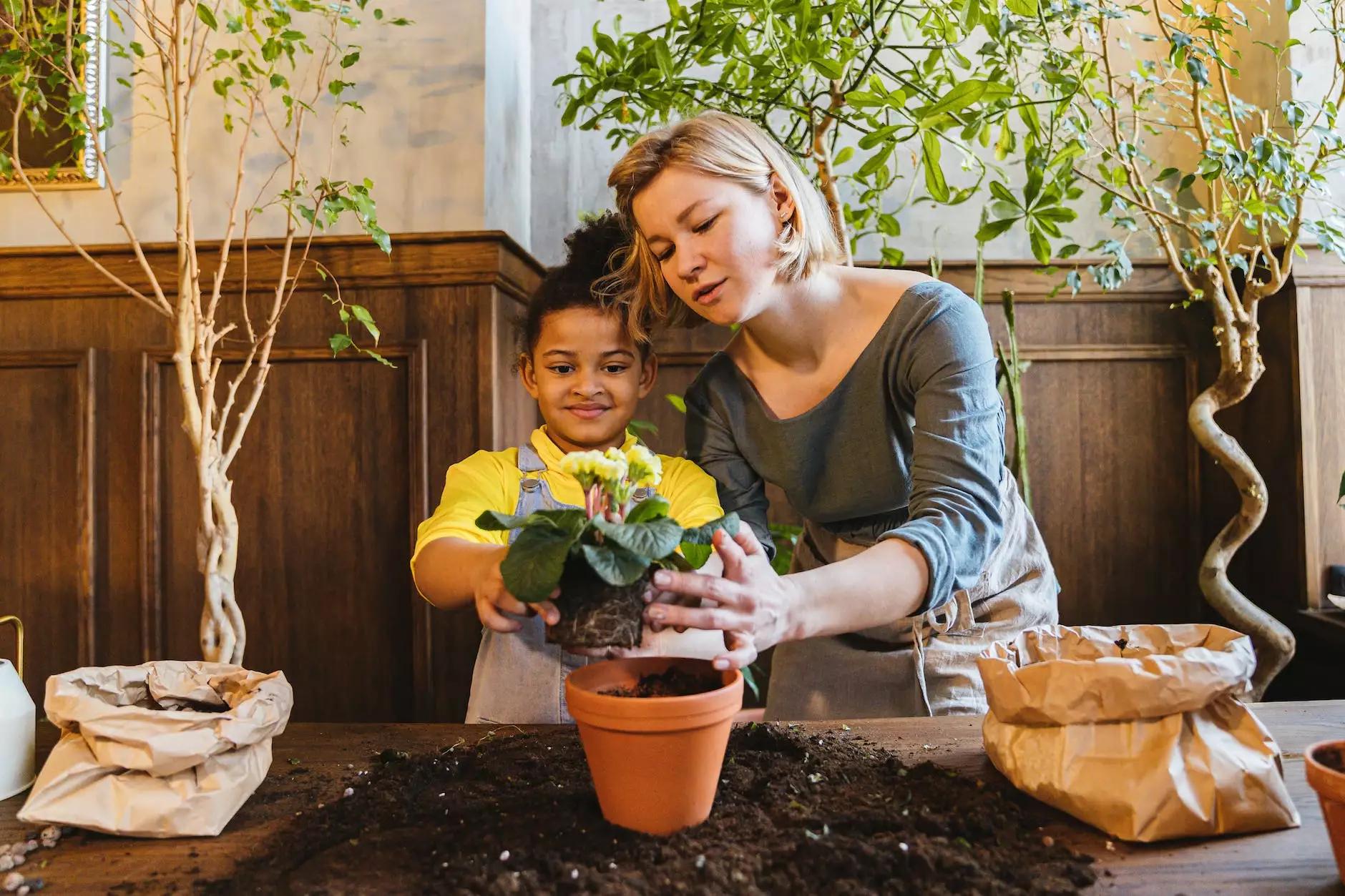Garment and Fabric Terminology: A Primer
Blog
Introduction
Welcome to Native Kichwa Arts, your ultimate resource for exploring the diverse world of garment and fabric terminology. As an expert in the visual arts and design industry, we aim to empower and educate our audience about the intricate details behind various techniques, styles, and materials prevalent in this domain.
Understanding Garment Terminology
Garments, be it traditional or contemporary, come in a myriad of forms, each with its own unique characteristics. Let's delve into some key terms you should know:
1. Silhouette
The silhouette refers to the overall shape and contour of a garment. It defines its structure and plays a crucial role in determining the look and feel of the final piece.
2. Pattern
A pattern is a template or blueprint used to cut fabric and assemble garments. Patterns ensure consistency in production and aid in replicating specific designs.
3. Seam
Seams are the lines where two or more pieces of fabric are stitched together. They provide strength and structure to the garment while also adding decorative elements to the overall design.
4. Hem
The hem is the finished edge of a garment. It can be folded, sewn, or left raw, depending on the desired aesthetic. Hems contribute to the overall look and drape of the fabric.
Exploring Fabric Terminology
Fabric is the foundation of any garment, and understanding its properties enables designers and artists to create stunning pieces. Let's dive into some fabric-related terms:
1. Fiber
Fibers are the building blocks of fabrics. They can be natural, like cotton or silk, or synthetic, such as polyester or nylon. Each type offers distinct characteristics that influence the look, feel, and performance of the fabric.
2. Weave
Weaving refers to the process of interlacing two sets of yarns (warp and weft) to create a fabric. Different weaving techniques, like plain, twill, or satin, yield fabrics with varying textures and patterns.
3. Dyeing
Dyeing is the process of imparting color to fabric. It can be achieved through various methods, including natural dyeing, chemical dyeing, or printing techniques like batik or tie-dye.
4. Texture
Texture refers to the tactile quality or surface characteristics of a fabric. It can be smooth, rough, crisp, or soft, influencing not only the feel but also the visual appeal of the final garment.
Conclusion
By familiarizing yourself with these essential garment and fabric terminology, you'll gain a deeper appreciation for the intricate details that go into the visual arts and design industry. Native Kichwa Arts is your go-to resource for expanding your knowledge and fueling your creative journey. Explore our website further to discover exciting workshops, showcases, and a wide range of artistic expressions.









